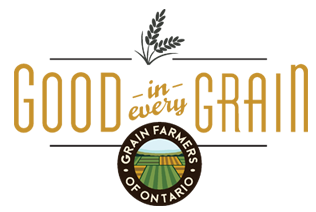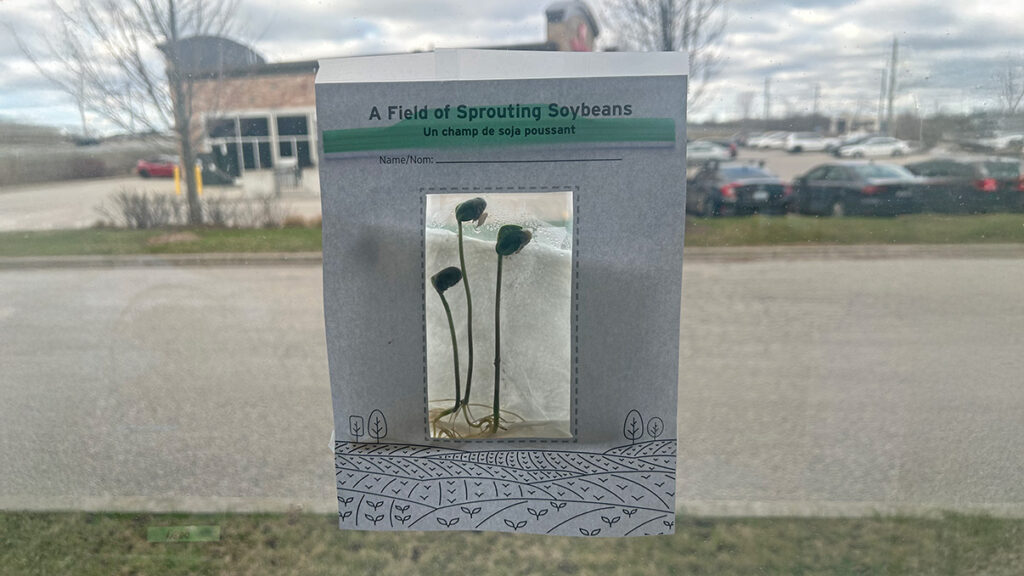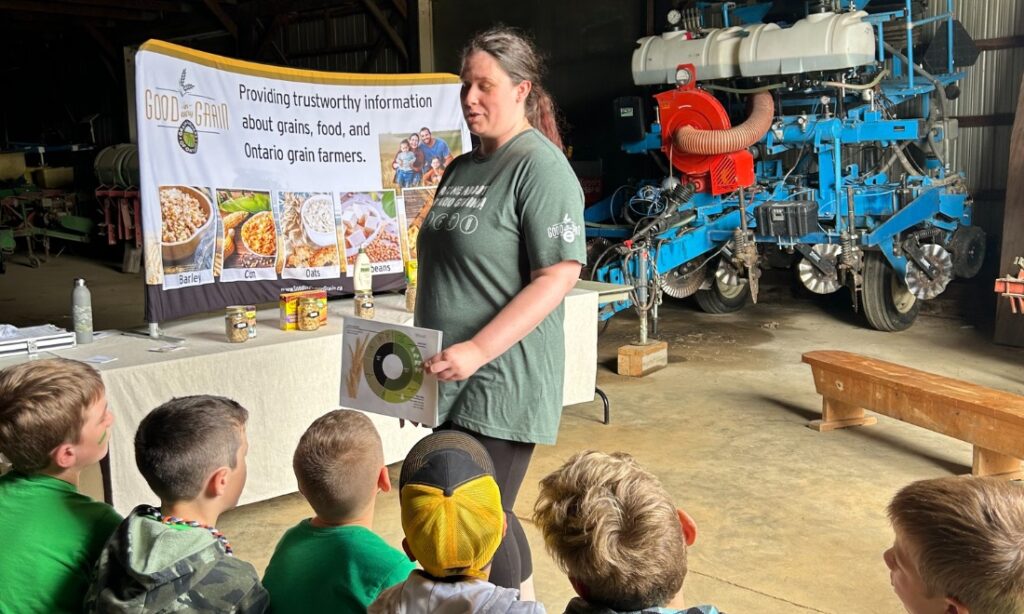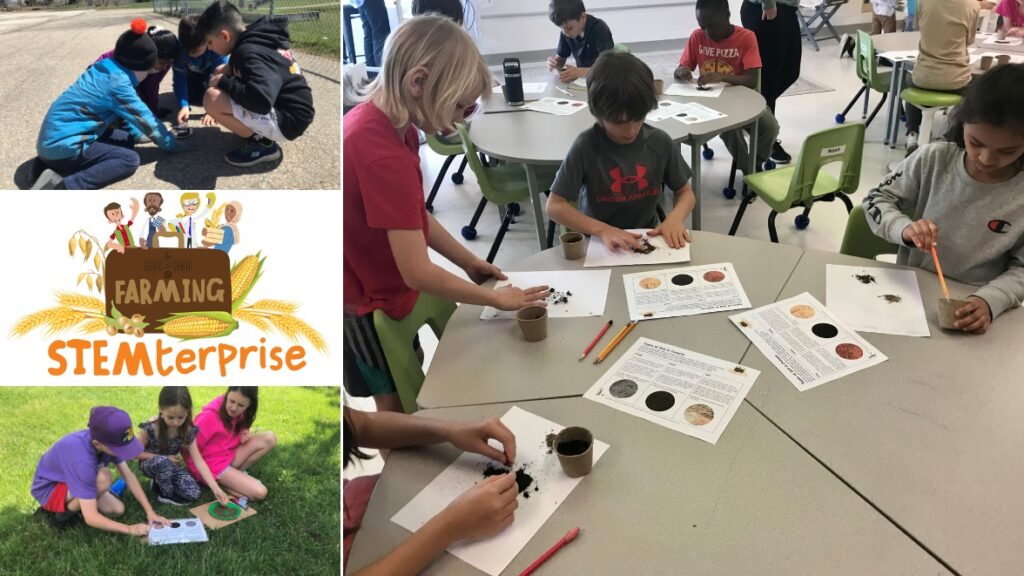What’s Growing ON?
Discover an open-and-go resource that plants a seed of curiosity.
Seed Kits + Lessons!
Featuring activities and narrated teaching slides.
Themes: Plant growth, soils, health
Download your What’s Growing ON? resources:
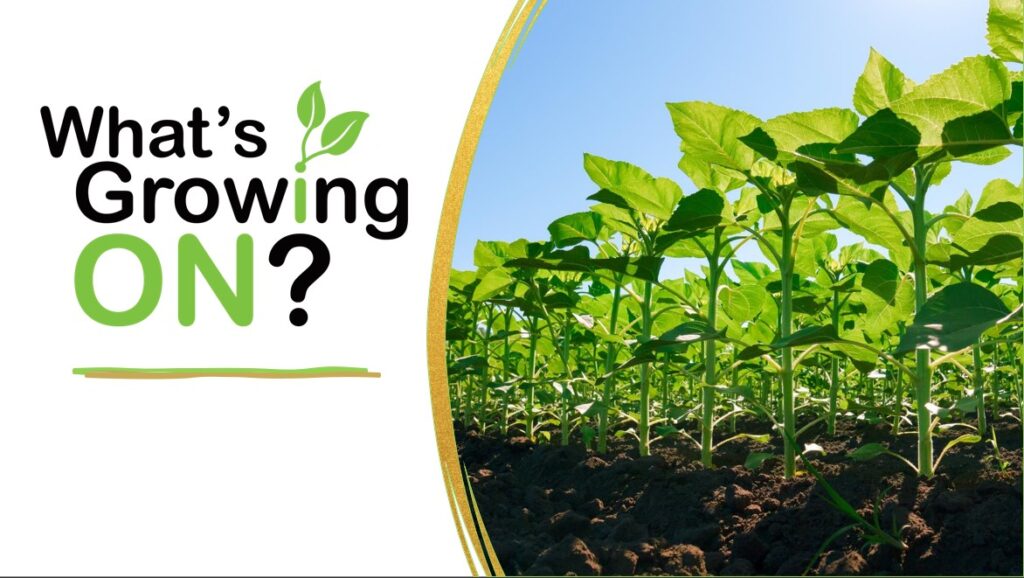
Order a Seed-Starting Window Farm Classroom Kit
Includes all the materials your students will need to watch their own soybean plants germinate and observe the root systems.
order A Window KitOrder a Seeds-Only Classroom Set
Educators have requested this kit so they can use up excess cups/lids or plant creatively using recycled materials. This kit includes just seeds & peat pucks.
Order Seeds and SoilAll kits have been claimed for the school year, please check again in the fall or sign up to our newsletter to be the first to hear when supplies are available again.
Contact web@gfo.ca for more information.
About this resource
What’s Growing ON? is a program by Good in Every Grain offered to teachers for free. It teaches students where their food comes from while giving them the opportunity to plant their own seeds! Additional lessons connect students with sustainability and technology in agriculture and gives them opportunities for hands-on exploration.
Aligns with Ontario’s grade 3 curriculum in Science and Technology in the areas of Growth and Changes in Plants and Coding and Emerging Technologies.
Available in English and French.
Growth and Changes in Plants
B2.1 B2.2 B2.3 B2.4
B2.5 B2.6 B2.7 B2.8
Coding and Emerging Technologies
A2.1
Lesson 1 – Why Grains Grow

In this lesson, students will discover and explore the many ways grains are used. This lesson has a video component to help students visualize the many uses of grains beyond food.
Download GoogleSlide (with narration) Download Powerpoint (text only) Download Activity SheetExploration:
10 mins
Hands On Activity:
15 mins
Wrap-Up:
15 mins
Grade 3
Growth and Changes in Plants
- B2.6 describe ways in which people, including Indigenous peoples, from various cultures around the world use plants for food, shelter, medicine, and clothing
- B2.7 describe various plants used for food, including those grown by First Nations, Métis, and Inuit, and identify local settings where these plants are grown or found
- B2.8 describe ways in which plants and animals, including humans, depend on each other
Prep Instructions
Students can work independently or in small groups.
Prepare Materials
You will need a computer/Smart board with internet connection.
Print the worksheet provided to hand out to students.
Lesson 2 – Let’s Get Planting!
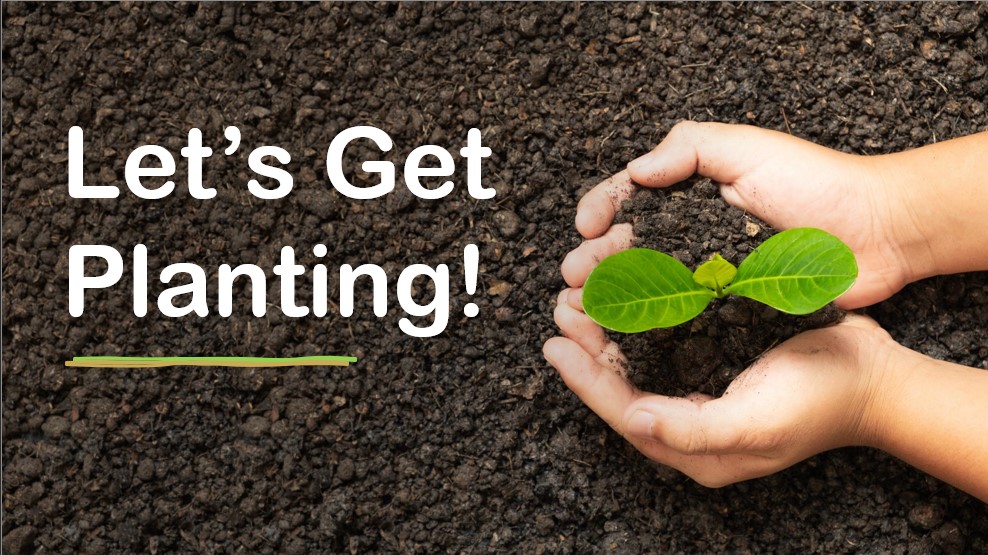
This lesson gives students the opportunity to get their hands in the soil as they plant their own seeds and determine the best planting dates in their hometown and other areas.
Download GoogleSlide (with narration) Download Powerpoint (text only) Download Activity SheetExploration:
10 mins
Hands On Activity:
30 mins
Wrap-Up:
20 mins
Grade 3
Growth and Changes in Plants
- B2.1 describe the basic needs of plants, including the need for air, water, light, heat, nutrients, and space, and identify environmental conditions that may threaten plant survival
- B2.3 describe changes that different plants undergo in their life cycles
- B2.4 describe ways in which a variety of plants adapt and/or react to their environment and to changes in their environment
- B2.5 demonstrate an understanding that most plants get energy directly from the Sun through the process of photosynthesis, which involves the absorption of carbon dioxide and the release of oxygen
Prep Instructions
Students can work independently or in small groups.
Prepare Materials
You will need your What’s Growing ON? seed kits (or collect your own planting supplies).
You will need a computer/Smart board with internet connection. Print the worksheets provided to hand out to students.
Lesson 3 – Climate and Plant Growth
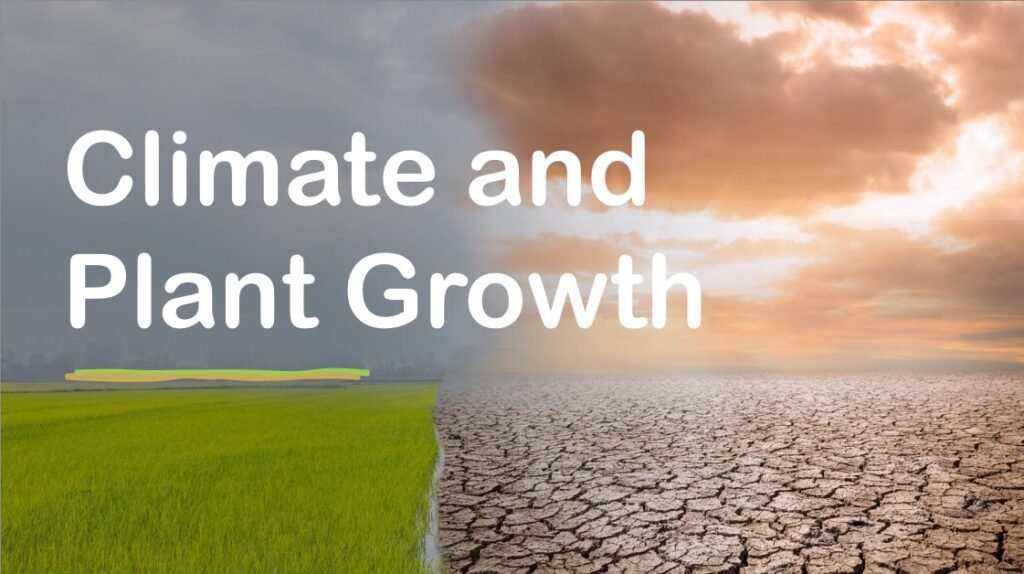
Students will explore weather and its impacts on plant growth as well as how climate change impacts growing seasons. They will use Farmzone, a weather website farmers use to help them make decisions. They will look at 3 Ontario cities to determine first frost dates.
Download GoogleSlide (with narration) Download Powerpoint (text only) Download Activity SheetExploration:
10 mins
Hands On Activity:
20 mins
Wrap-Up:
15 mins
Grade 3
Growth and Changes in Plants
- B2.1 describe the basic needs of plants, including the need for air, water, light, heat, nutrients, and space, and identify environmental conditions that may threaten plant survival
- B2.3 describe changes that different plants undergo in their life cycles
- B2.4 describe ways in which a variety of plants adapt and/or react to their environment and to changes in their environment
- B2.5 demonstrate an understanding that most plants get energy directly from the Sun through the process of photosynthesis, which involves the absorption of carbon dioxide and the release of oxygen
Prep Instructions
Students can work independently or in small groups.
Prepare Materials
You will need a computer/Smart board with internet connection.
Print the worksheets provided to hand out to students.
A seed packet, similar to the one in the lesson plan, would be a useful item for students to observe.
Lesson 4 – Connecting to Farming
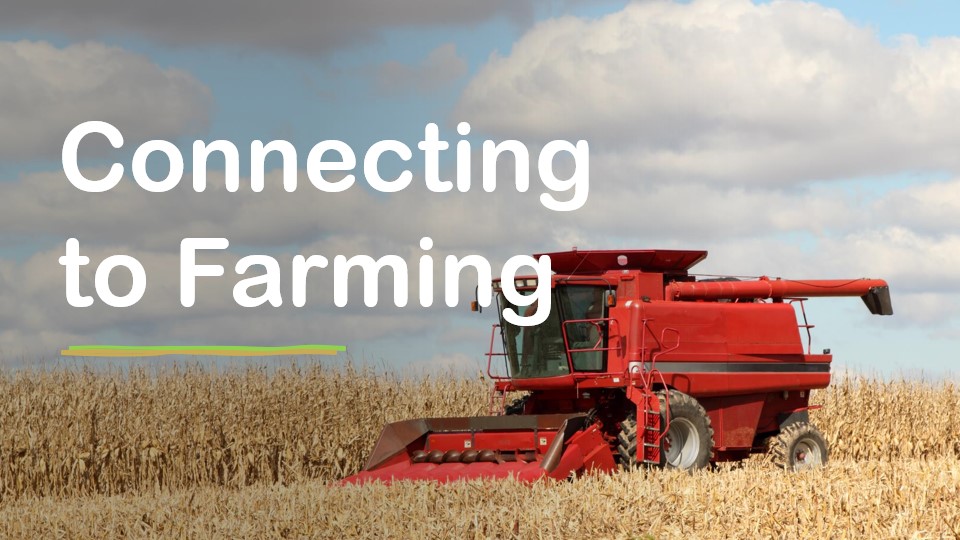
Students will connect with grain farmers and their work and be introduced to traditional Indigenous agricultural practices in the Great Lakes – St Lawrence Lowlands area.
Download GoogleSlide (with narration) Download Powerpoint (text only) Download Activity SheetExploration:
10 mins
Hands On Activity:
15 mins
Wrap-Up:
10 mins
Grade 3
Growth and Changes in Plants
- B2.6 describe ways in which people, including Indigenous peoples, from various cultures around the world use plants for food, shelter, medicine, and clothing
- B2.7 describe various plants used for food, including those grown by First Nations, Métis, and Inuit, and identify local settings where these plants are grown or found
- B2.8 describe ways in which plants and animals, including humans, depend on each other
Prep Instructions
Students will participate in class or groups discussions.
Prepare Materials
You will need a computer/Smart board with internet connection.
Lesson 5 – Sustainability
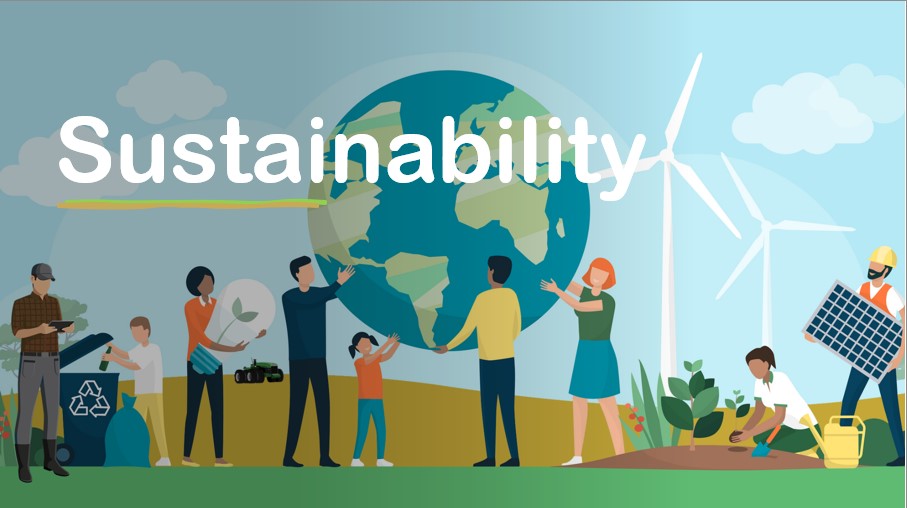
Students will explore sustainable farming and its impact before being tasked to create their own Minecraft world where sustainable farming is practised.
Download GoogleSlide (with narration) Download Powerpoint (text only)Exploration:
10 mins
Hands On Activity:
30 mins
Wrap-Up:
10 mins
Grade 3
Coding and Emerging Technologies
- A2.1 write and execute code in investigations and when modelling concepts, with a focus on testing, debugging, and refining programs
Growth and Changes in Plants
- B1.2 assess ways in which human activities have an impact on plants and plant habitats, and identify personal actions that they could take to minimize harmful effects and enhance positive ones
- B1.3 assess the benefits and limitations of locally grown food
Prep Instructions
Students will work in groups or independently.
Prepare Materials
You will need a computer/Smart board with internet connection.
Classes will need a Minecraft Education membership and devices.
Stay Informed! We’re busy creating more resources and learning materials to help you integrate agriculture concepts into your teaching. Sign up for our Good in Every Classroom newsletter today to read the latest in agriculture education.
